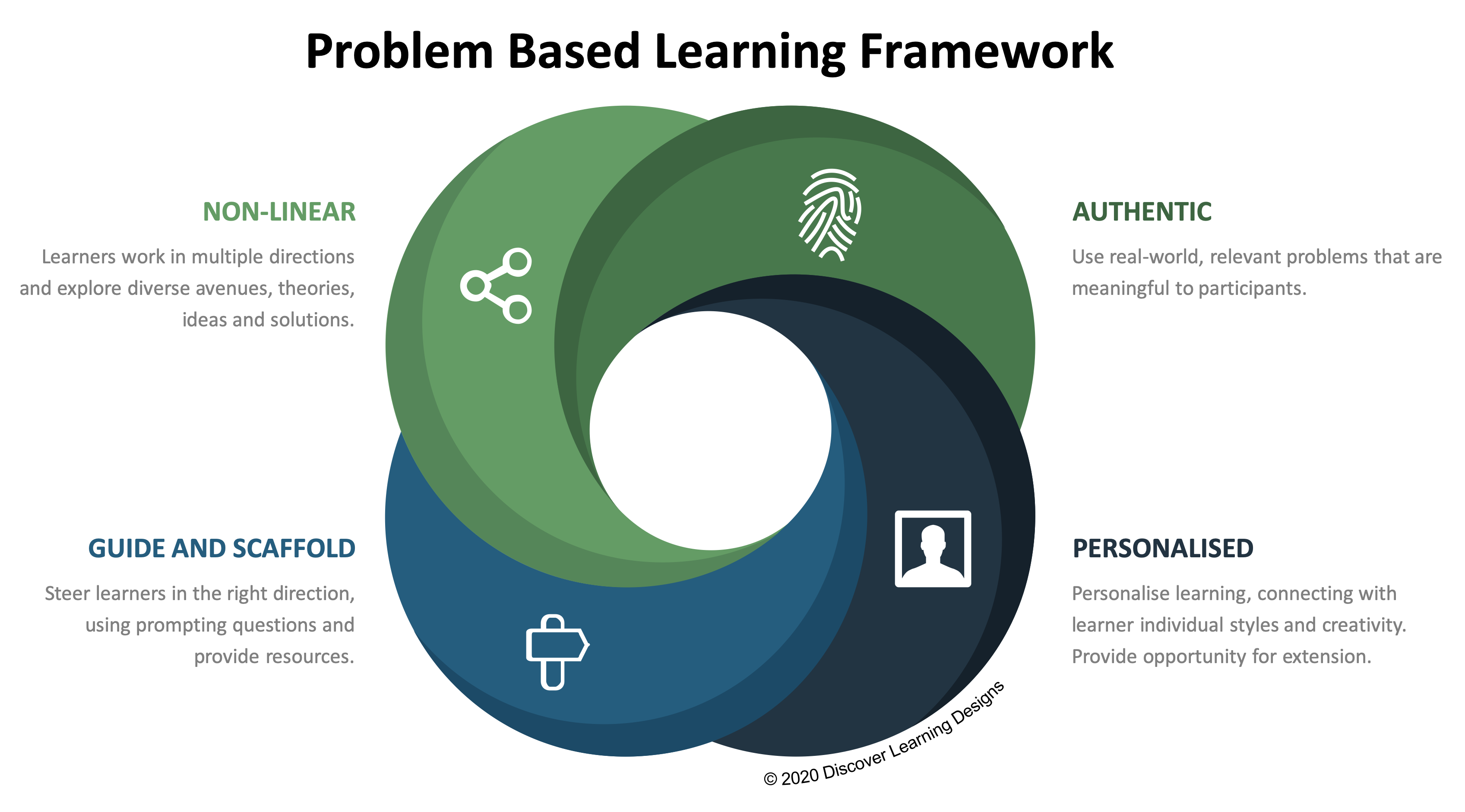Table Of Content

A family is suing Texas Children's Hospital for an "unintended vasectomy" which resulted from a routine hernia surgery. This flipped layout, sometimes called a reverse-story home, might sound unusual if you're the type of person who likes a traditional home layout. And it could certainly be out of place for a primary residence in a suburban neighborhood, where there's not much to see other than the neighbors' homes. But many a blueprint for a vacation home features an inverted layout to better take in views of the great outdoors. Founded in 1993, The Motley Fool is a financial services company dedicated to making the world smarter, happier, and richer.
Now Offering $500 OFF Vasectomy Reversal*
One solution to these problems is to use a multiple-baseline design, which is represented in Figure 10.5 “Results of a Generic Multiple-Baseline Study”. Personalized medicine suggests that diets should be individualized to achieve the best results. SCEDs would be one way to show ‘proof of concept’ that a particular diet is better than a standard healthy diet. First, people would be randomized to experimental (including SCEDs) or control (not basing diet on SCEDs).
UCLA Downtown springs to life as 31 community-focused programs prepare to move in
In the bottom panel of Figure 10.5, however, the changes in level are fairly small. In addition to its focus on individual participants, single-subject research differs from group research in the way the data are typically analyzed. As we have seen throughout the book, group research involves combining data across participants. Group data are described using statistics such as means, standard deviations, Pearson’s r, and so on to detect general patterns. Finally, inferential statistics are used to help decide whether the result for the sample is likely to generalize to the population. This means plotting individual participants’ data as shown throughout this chapter, looking carefully at those data, and making judgments about whether and to what extent the independent variable had an effect on the dependent variable.
Reversal Designs
However, it is subject to many possible competing hypotheses, making strong conclusions difficult. Variants on the AB design introduce ways to control for the competing hypotheses to allow for stronger conclusions. An alternative design would be to have everyone experience SCEDs for the first 3 months and then be randomized to either the optimal treatment identified during the first 3 months or an intervention randomly chosen among the interventions to be studied. This design has the advantage of randomization being after 3 months of study so that dropouts and nonadherers within the first 3 months would not be randomized in an intent-to-treat format. Whether the data is higher or lower based on a visual inspection of the data; a change in the level implies the treatment introduced had an effect. A baseline is established for several participants and the treatment is then introduced to each participant at a different time.
If achieving stability due to uncontrolled sources of biological or environmental variation is not possible, a reversal design may not be appropriate to evaluate a treatment, though it may be useful to identify the sources of variability (Sidman, 1960). Finally, for a reversal to a baseline, a no-treatment phase may be inappropriate in investigating treatment effects for a very ill patient. SCEDs provide a framework to determine whether changes in a target behavior(s) or symptom are in fact a function of the intervention. The fundamentals of an SCED involve repeated measurement, replication of conditions (e.g., baseline and intervention conditions), and the analysis of effects with respect to each individual serving as his or her own control. This process can be useful for identifying the optimal treatment for an individual (Dallery & Raiff, 2014; Davidson et al., 2021), treating rare diseases (Abrahamyan et al., 2016), and implementing early phase translational research (Czajkowski et al., 2015).
Design and evaluation of artificial receptors for the reversal of neuromuscular block - ScienceDirect.com
Design and evaluation of artificial receptors for the reversal of neuromuscular block.
Posted: Sun, 15 Oct 2017 07:00:00 GMT [source]
Of course, failure to receive an effective treatment is common in RCTs for people who are randomized to control conditions, but unlike control groups in RCTs, all participants eventually receive treatment. In yet a third version of the multiple-baseline design, multiple baselines are established for the same participant but in different settings. For example, a baseline might be established for the amount of time a child spends reading during his free time at school and during his free time at home. Then a treatment such as positive attention might be introduced first at school and later at home. Again, if the dependent variable changes after the treatment is introduced in each setting, then this gives the researcher confidence that the treatment is, in fact, responsible for the change.
If the dependent variable is much higher or much lower in one condition than another, this suggests that the treatment had an effect. A second factor is trendOne factor that is considered in the visual inspection of single-subject data. An increase or decrease in the independent variable over several observations., which refers to gradual increases or decreases in the dependent variable across observations. If the dependent variable begins increasing or decreasing with a change in conditions, then again this suggests that the treatment had an effect.
Reversing The Snip: That Vasectomy Doesn't Mean Children Aren't The Future
For example, if a treatment seemed to reduce the incidence of self-injury in a child with an intellectual delay, it would be unethical to remove that treatment just to show that the incidence of self-injury increases. The second problem is that the dependent variable may not return to baseline when the treatment is removed. For example, when positive attention for studying is removed, a student might continue to study at an increased rate. This could mean that the positive attention had a lasting effect on the student’s studying, which of course would be good. But it could also mean that the positive attention was not really the cause of the increased studying in the first place.
D-5: Use single-subject experimental designs (e.g., Reversal, Multiple Baseline, Multielement, Changing Criterion) ©

The goal may be to collect early phase translational research as a step toward a fully powered RCT—(Epstein et al., 2021). A common approach to early phase translational research is to implement a small, underpowered RCT to secure a ‘signal’ of a treatment effect and an effect size. This is a problematic approach to pilot research, and it is not advocated by the NIH as an approach to early phase translational research (National Center for Complementary and Integrative Health, 2020).
Results from this test will indicate if a vasovasostomy or a vasoepididymostomy procedure is needed. 2 years ago, you performed a reversal on me, 15 yrs after the original vasectomy. After 3 months of effort, (hardly the right word for it, ha ha), success was achieved and I sit here with a beautiful daughter in my arms.
This is an issue for older homeowners, particularly those who are looking to age in place. Homes with master bedrooms on the first level have been growing in popularity for that reason. While Dr. Werthman is internationally-renowned for his work in vasectomy reversal and a sought-after lecturer at urologic and fertility conferences, he is most passionate about treating patients at his practice in Los Angeles. He believes medicine and surgery should be practiced the “old-fashioned way", where each patient is given personal, individualized attention.
(The researchers used handheld computers to help record the data.) After 2 weeks, they implemented the program at one school. They found that the number of aggressive behaviors exhibited by each student dropped shortly after the program was implemented at his or her school. But with their multiple-baseline design, this kind of coincidence would have to happen three separate times—a very unlikely occurrence—to explain their results. As an example, consider a study by Scott Ross and Robert Horner (Ross & Horner, 2009). The emphasis of a research program may be on translating basic science findings to clinical interventions.
Single-case experimental designs (SCEDs) represent a family of experimental designs to examine the relationship between one or more treatments or levels of treatment and changes in biological or behavioral outcomes. These designs originated in early experimental psychology research (Boring, 1929; Ebbinghaus, 1913; Pavlov, 1927), and were later expanded and formalized in the fields of basic and applied behavior analysis (Morgan & Morgan, 2001; Sidman, 1960). In the top panel of Figure 10.4, there are fairly obvious changes in the level and trend of the dependent variable from condition to condition. In the bottom panel of Figure 10.4, however, the changes in level are fairly small. There are two potential problems with the reversal design—both of which have to do with the removal of the treatment.

No comments:
Post a Comment